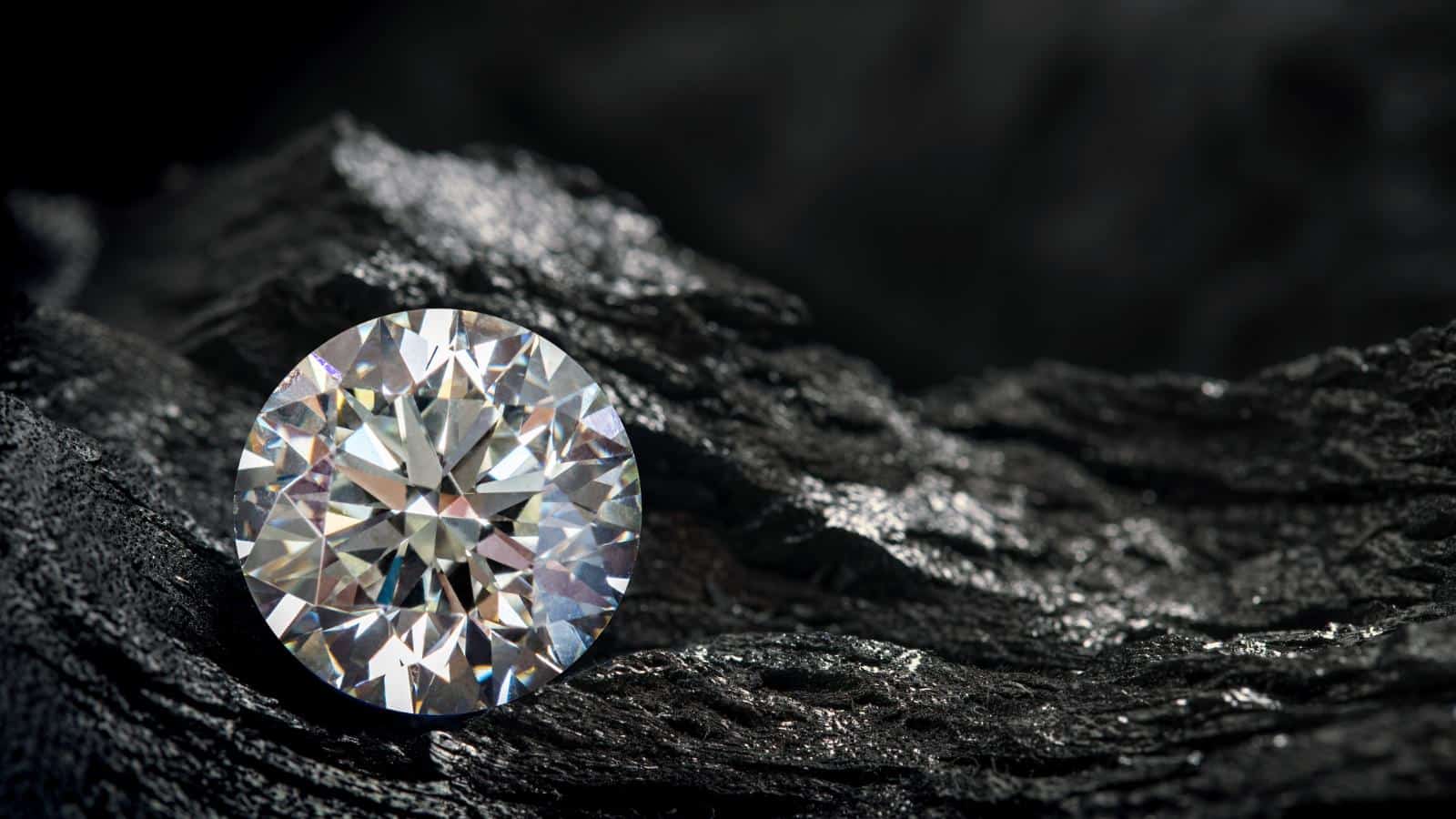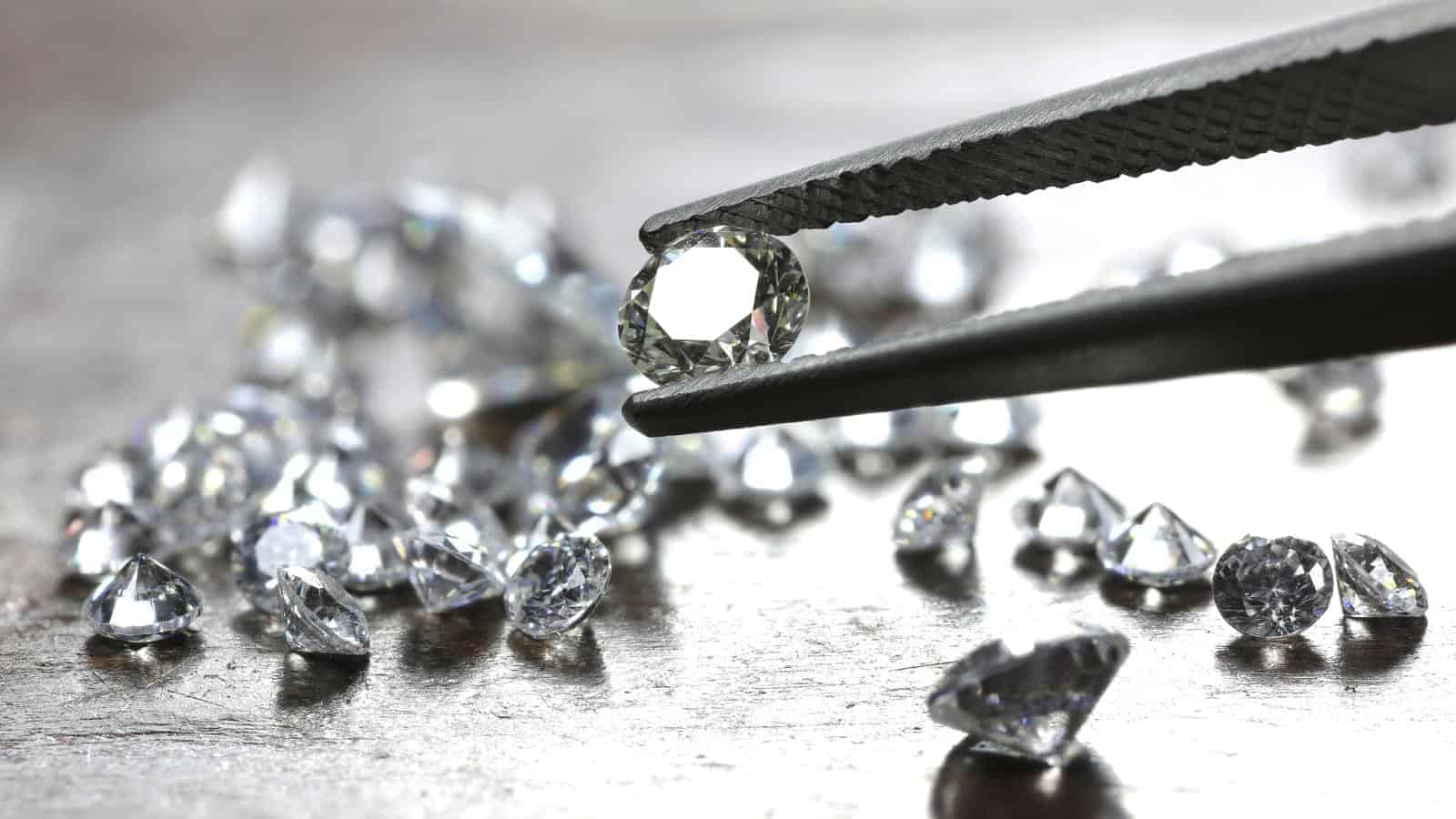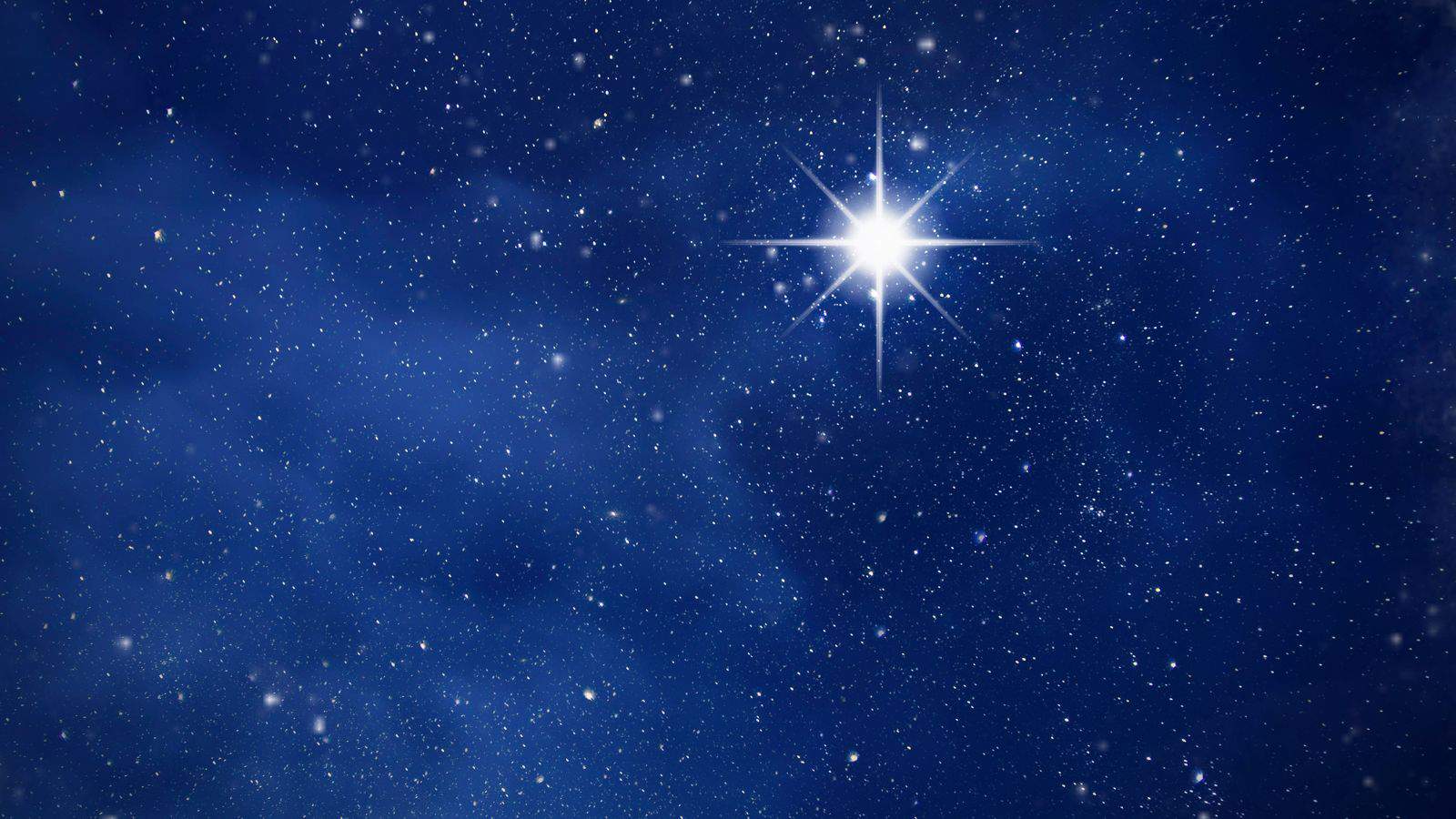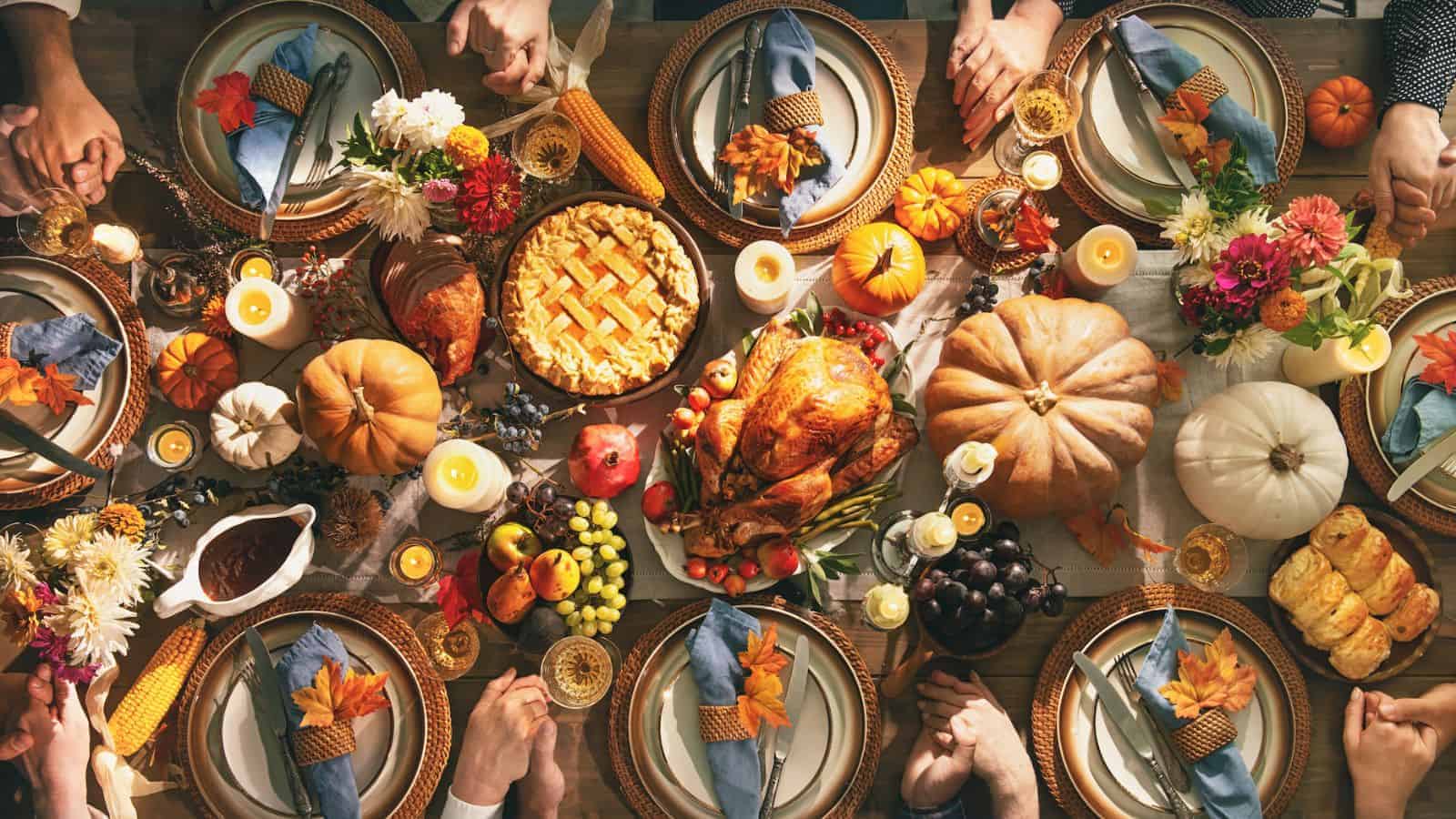While we learned so much about the world in school history and science classes, some of these things were actually false—or, at least, not entirely true. If you’re curious to correct some confused teachings from your childhood, here are 20 things from high school that you shouldn’t believe today.
Chameleons Camouflage to Hide

It’s a common belief that chameleons change the color of their skin to camouflage into their background and hide themselves from predators. In actuality, they do it to be seen. Chameleons change their colors to communicate their desire to mate, fight, or submit to other chameleons. They also do it to regulate their temperatures.
Humans Use 10% of Our Brains

Remember when your teachers told you that we only use 10% of our brains? Well, this is false–there isn’t any part of your brain that remains unused. Johns Hopkins University explains that we actually use 100% of our brains; in fact, we use it so much that it takes 20% of our body’s energy!
Gum Stays in the Body for Seven Years

We were told not to swallow chewing gum because our bodies couldn’t digest it, and hence, it would stay in our stomachs for as long as seven years. There’s one truth to this: we can’t digest chewing gum. However, it only takes our bodies a few days to remove it from our bodies.
Christopher Columbus Discovered America

If you ask Americans who discovered the continent, they’ll tell you it was Columbus. Many say this without considering that Native Americans already lived here, so it wasn’t really “discovered.” To be even more precise, the Vikings actually got here first.
Camels Store Water in Humps

Camels can drink 20 gallons of water at a time and go up to 15 days without drinking water! However, while their humps look like feasible reservoirs to store water, they’re actually used to store fat. In actuality, camels store the large gallons of water they drink in their bloodstream, as the LOC shares.
Mount Everest is the Tallest Mountain in the World

A quick Google search tells you that Mount Everest is the tallest mountain, but technically, it isn’t. It’s actually Mauna Kea, a mountain in Hawaii that’s over 4,000 feet higher than Everest. The peak of Mount Everest is the only highest point on earth because half of Mauna Kea is submerged in the ocean.
Different Parts of the Tongue Are for Different Tastes

In high school, we were always taught that our tongue has different zones for different tastes, with the front zone being for sweet while the back zone is for bitter. It’s kind of true; some receptors detect certain tastes slightly better than others, but all receptors and zones pick up all tastes.
Diamonds Are Made From Coal

Just like coal and graphite, diamonds are made of carbon, an element from pressurized organic matter in the earth’s crust. It’s understandable why many also believe diamonds are made of coal, as coal is pure carbon. The difference, however, is that diamonds come from much purer carbons.
Diamonds Are the Hardest Material on Earth

Speaking of diamonds, we were always taught that they were the hardest material on Earth, so hard that you can only cut diamonds with diamonds. This is false. Graphene, bucky paper, palladium microalloy glass, and Dyneema are four materials stronger than diamonds.
You Can See the Great Wall of China From Space

The Great Wall of China, stretching 5,500 miles, is one of the earth’s eight wonders. Some claim it once stretched over 13,000 miles before a part of it was destroyed. It is undeniably incredibly long and high, but as NASA reminds us, it cannot be seen from outer space.
Thomas Edison Invented the Lightbulb

Thomas Edison patented the lightbulb first in 1879 and then again in 1890, commercializing it and making himself popular. While many people understandably believe he invented them, Humphrey Davy, a British chemist, actually created the first bulbs within an arc lamp in 1802.
Abraham Lincoln Singlehandedly Ended the Slave Trade

Abraham Lincoln was the president who issued the Emancipation Proclamation and the Thirteenth Amendment, freeing “all persons held as slaves.” However, giving him all the credit for freeing slaves takes away from the efforts of the black leaders, slaves, and soldiers who pushed for it.
There is No Gravity in Space

Astronauts float around in space, and many think this is because there isn’t any gravity. In reality, gravity is everywhere—it may be close to zero, but it’s never zero. After all, without gravity, how would the Sun, Moon, Earth, and other planets stay in orbit!?
Pluto Isn’t a Planet

Our schools always said there were nine planets in our solar system, but then the International Astronomical Union (IAU) came in 2006 to change everything. This caused everyone to believe that Pluto was not actually a planet but was just reclassified as a “dwarf planet.” Give Pluto a break!
Honey Bees Shouldn’t Be Able to Fly

Many teachers claimed that bees defy the laws of physics due to their tiny wings. Well, they do fly, so that’s a myth dead on arrival. Bee wings move extremely fast and in a motion that creates tiny hurricanes that lift them up, as Business Insider explains, so the physics makes perfect sense.
Sentences Can’t Start With a Conjunction

When it comes to language, there aren’t really any barriers to how you can communicate. English has its own “rules” on the use of conjunctions, but this hasn’t stopped professional publishing houses from starting sentences with “and” and “but.” And nothing about this will change anytime soon. See what we did there?!
Deoxygenated Blood is Blue

When looking at your veins, they probably appear blue or even green. This has led many schools to teach that blood changes color when it loses its oxygen. In actuality, blood is always red; it only appears blue due to visual filters from your fat and skin.
The North Star is the Brightest In Our Galaxy

Get lost in the forest or at sea, and the north star Polaris is there, shining the brightest and serving as a navigational reference to lead you home. Since high school, you may have always thought it was the brightest star in our galaxy. Well, here’s a reminder that the sun is the brightest star!
Bats are Blind

Bats use their ears for navigation, but they are far from blind. In fact, bats see better than humans in pitch-black environments! They have adapted to see in low light and rely on their eyes to hunt prey and avoid predators. We bet your high school didn’t tell you that.
Thanksgiving Was About Peace

Finally, if you were taught Thanksgiving represents peaceful relations between Native Americans and settlers, it’s time for a rethink. As Business Insider documents, Europeans brought an “Indian fever” that killed 90% of the native population in New England and fights over land led to a bloody war between the English and the Wampanoag. That’s not very peaceful.
